The content of the article
The word "medlar" refers to shrubby or tree-like plants growing in the Crimea, the Caucasus, the Balkan countries, the south of Europe and the United States. The fruits of the plant contain valuable substances, from which they make homemade wine, jams, leaves are used for medicinal purposes. Medlar has a decorative appearance, it blooms beautifully and for a long time with white rosettes, reminiscent of tuberose inflorescences, emitting a delicate delicate aroma. Is it possible to have such a wonderful plant in your country house?
What is medlar and its varieties
Medlar is a tree-like plant that has two varieties unlike each other. The fruits of Japanese medlar or lokva resemble apricots in appearance, and the leaves look like walnut leaves. Lokva begins to bloom in November, and gives fruit in May. They have an apricot color, taste like a very aromatic apple puree with a delicate melting taste. The fruits are not at all stale, they have a thin skin and incredibly gentle mashed, shaped flesh. That's why lokva is not sold in supermarkets, like apricots or kiwis.
Such a thermophilic plant is difficult to grow in a temperate climate. However, there is a variety adapted for Europe. This is a German medlar, which belongs to the family Rosaceae. Unlike the Asian variety, the European medlar has acid hard fruits, which, when ripe, resemble rosehip berries. The tree blooms in late spring and early summer, and the fruits appear in October-November. To improve their taste, gardeners are waiting for frost. Frozen fruits become much softer and tastier, but they are significantly inferior to lokve in size and taste.
The European plant variety coexists perfectly in a cool climate, tolerates frosts, is not picky about soils (with the exception of drainage). However, the Japanese variety of medlar can also grow in the southern regions of Russia. Lokva does not tolerate frost, therefore it should be grown in a subtropical climate, on the Black Sea coast, in the countries of the Caucasus. A tree with the approach of cold weather begins to bloom, unlike the rest of the flora, its leaves turn red, and lokva takes its place of honor as an adornment of the autumn garden.
What is the difference between Japanese medlar and German
Japanese grade:
- The fruit has one big bone
- The peel is soft, bright orange
- Blooms on the shoots of this year
- Pubescent leaves
- Gives fruits in the spring
- The fruits have a sweet taste.
- Flesh
- Does not tolerate frost
- Evergreen
German grade:
- The fruit has 5 small seeds
- The peel is dense, brown
- Blooms on last year's shoots
- Wax Leaves
- Gives fruits in the fall
- The fruits have a sour taste.
- Firm flesh
- Easily tolerates frosts
- Deciduous
How to grow medlar at home
Seed propagation
Propagation by seeds and seed is the most effective way to grow a full-fledged tree, because it will retain all the properties of the mother plant. To grow German medlar from seeds, the following is carried out:
- The fruit of the German medlar is cut and seeds are taken out and placed in a solution for plant growth for 2-3 hours.
- An earthenware substrate for flowering houseplants, purchased at a store, is poured into the pot.
- Seeds are buried 3-4 cm into the ground for 5-6 seeds per pot with a volume of 1.5-2 liters, watered a little above.
- The surface of the pot is covered with cling film and put it in a warm place. Every day, remove the film from the pot for 2-3 hours for ventilation. Watering is done as the land dries.
Seedlings appear in 40-45 days, and with the formation of three leaves on the 22-24 day after seedlings, the sprouts are planted in separate containers with a lump of earth, because they have a fragile root system. If you want the medlar to grow in a bush, pin the top, if in a tree, then do nothing. The tree is attached every year so that it does not stretch up. With this method of growing medlar blooms for 4-5 years. The German variety does not bloom in winter, and it is not worth creating greenhouse conditions for it. Feel free to bring the pot onto a glazed loggia or into a room with windows to the north. Medlar needs good lighting, so buy a special botanical lamp. It should illuminate a bush or tree from south to west, and the total daylight hours should be 10-12 hours. Water for irrigation is preheated. Once a week, the leaves are sprayed from the spray gun, and in summer they arrange tropical rain in the shower.
Seed reproduction
Bones propagate a lokva or Japanese medlar. To grow a good plant, you must do the following:
- Release the bone from the fetus. Immediately treat the bone with sandpaper or a file, removing the grown flesh and thereby accelerating further ripening.
- Put a bone in a mug of water for a day (if the fetus was brought from distant countries, then in a solution of potassium permanganate).
- Make drainage holes in a plastic container and pour a mixture of peat and sand 1: 1 there. Pour plenty of water so that the liquid flows out of the holes.
- Deepen the bone into the ground by 2-3 cm, placing each in a separate container. The pot is covered with a film and put in a warm place.
Shoots will appear in a month. During this time, a weekly spraying of the earth's surface from the spray gun is carried out, the film is periodically removed and condensate is removed from it. As soon as sprouts appear, the container is removed from direct sunlight, but at the same time, the air temperature should not fall below 18C. When 3-4 leaves appear, the medlar is put on the balcony for hardening. When grown with a plant, the plant will bloom for 3 years. Young lokva is transplanted annually; it needs a change of soil. The plant is sick at the same time, so the transplant is carried out in the summer after fruiting. Flowering in the Japanese medlar begins in the fall, so in the cold season, feeding does not stop. In the natural environment, the plant grows in a humid tropical climate, so at home it needs daily spraying and watering 3-4 times a week. Provide good drainage, medlar does not tolerate stagnation of water. Do not forget about the formation of the crown of the tree, clipping the side shoots and upper leaves. Juicy and aromatic fruits will appear already 3-4 years after planting the seeds in the ground.
Cultivation by cuttings
Medlar is surprisingly viable. A plant can be obtained by growing it from a stalk. To do this, do the following:
- prepare a pot or jar (wrap it with a dark cloth or paper, the roots will appear only in the dark)
- fill the container with a peat and sand substrate 1: 1 or just water
- cut the bottom of the handle at a 45 degree angle
- leave only 2 leaves at the top, cut the rest
- deepen the stalk into the ground by 4-5 cm and water abundantly
- cover the stalk with a plastic cup, creating a greenhouse effect
- put in a warm place, for example, near the battery
The stem will take root after 2 months, and it can be planted in the ground. He loves plentiful watering, highlight it with lamps. A tree grown in this way bears fruit for 4-5 years.
Regardless of the method of cultivation, medlar will be the decoration of your apartment. Do not forget about watering and drainage, and then the plant will delight you with beautiful flowering and delicious fruits. At home, the medlar does not grow above 1.5 meters, so there is no need to be afraid that the tree will fill the whole room.

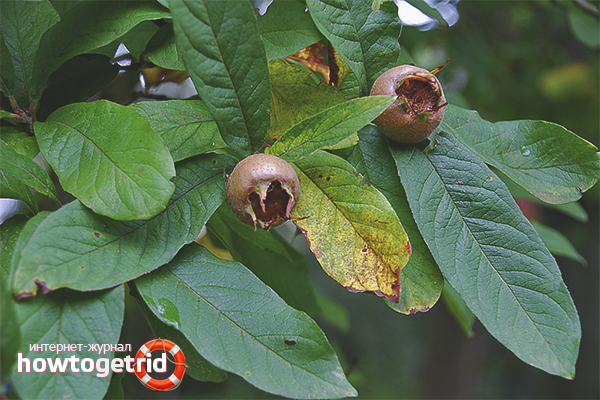
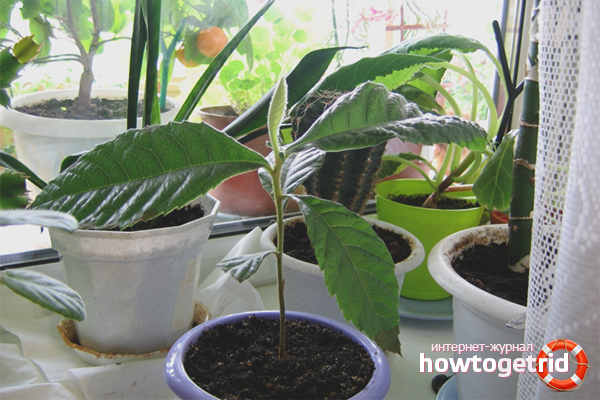
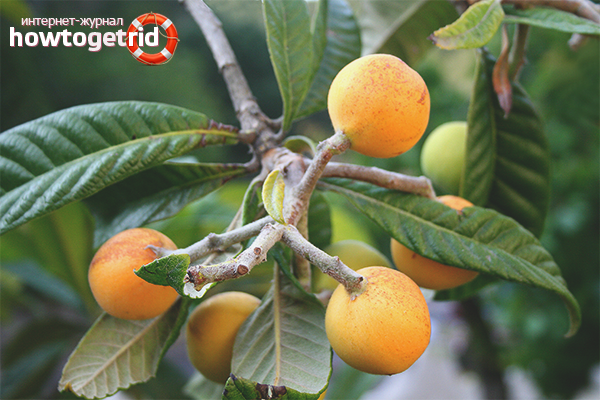

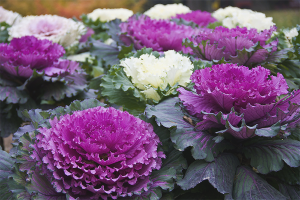
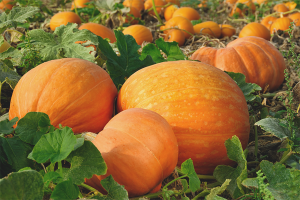
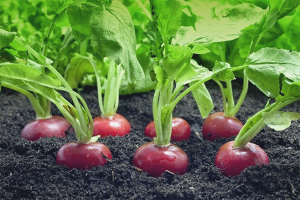

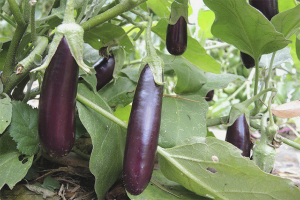
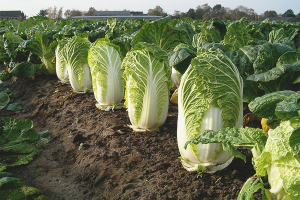
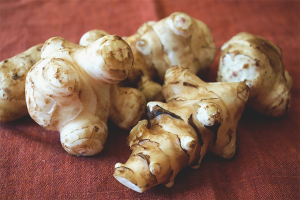
Submit